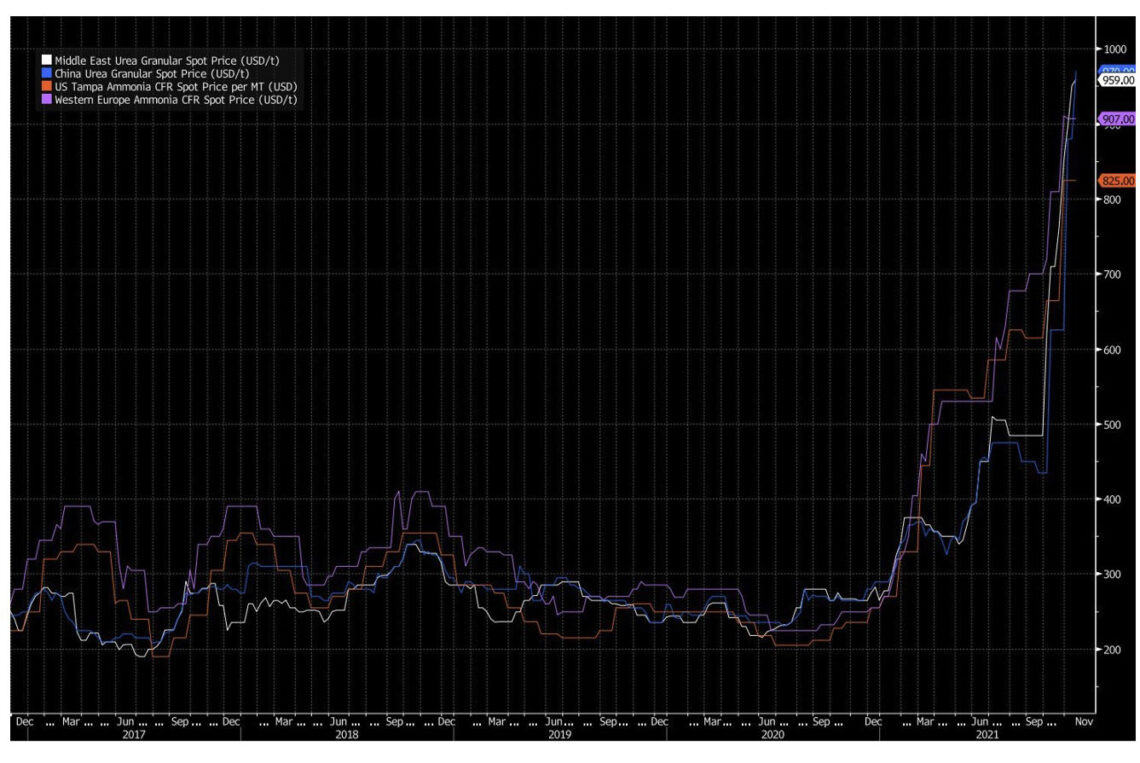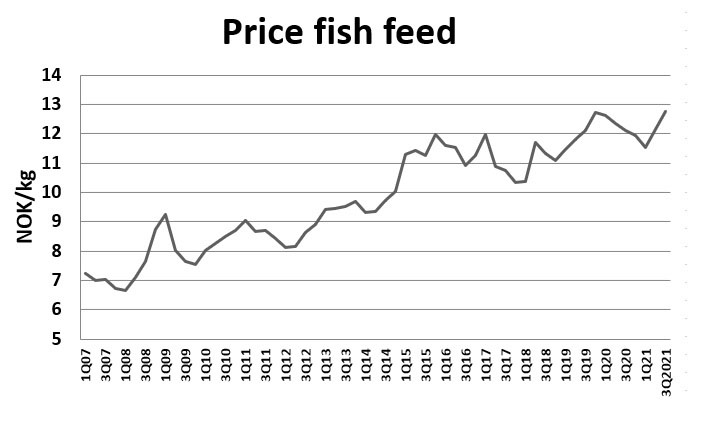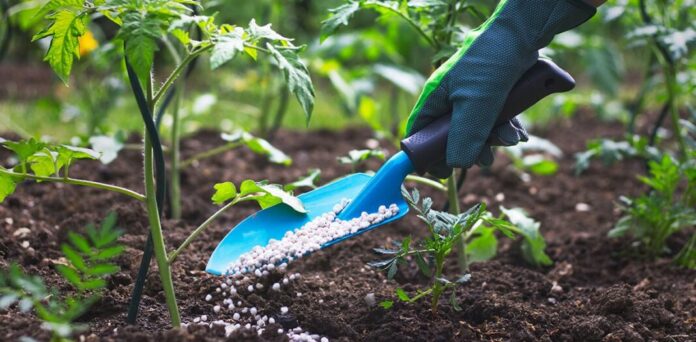As the direct result of the shut down production in production, a consequence of high energy prices, the price of fertiliser is skyrocketing. According to Bloomberg, the prices have multiplied many times since last summer.
The price increase has accelerated this autumn. Spot prices for urea are currently above $900 per tonne.
Read also: Fear the energy crisis develops into a food crisis

Energy crisis
High prices for natural gas have meant that a number of fertilizer producers have chosen to shut down factory capacity. Reduced access to fertilisers reduces the return on agricultural production.
“If you do not get nitrogen fertiliser on the soil, a grain crop will fall by 50 per cent already in the first year. So you want to go from an energy crisis to a food crisis here,” said CEO Svein Tore Holsether in Yara earlier this autumn.

Historically high
Reduced production of fertilisers will affect crops and the availability of a wide range of vegetable raw materials. This will also, as a result, affect meat production and fish farming, which are dependent on feed materials.
The biggest input factor, and cost component, in fish farming is feed. According to Mowi, vegetable raw materials make up 79 per cent of the company’s diet for salmon. Salmon feed prices are already at historically high levels.


